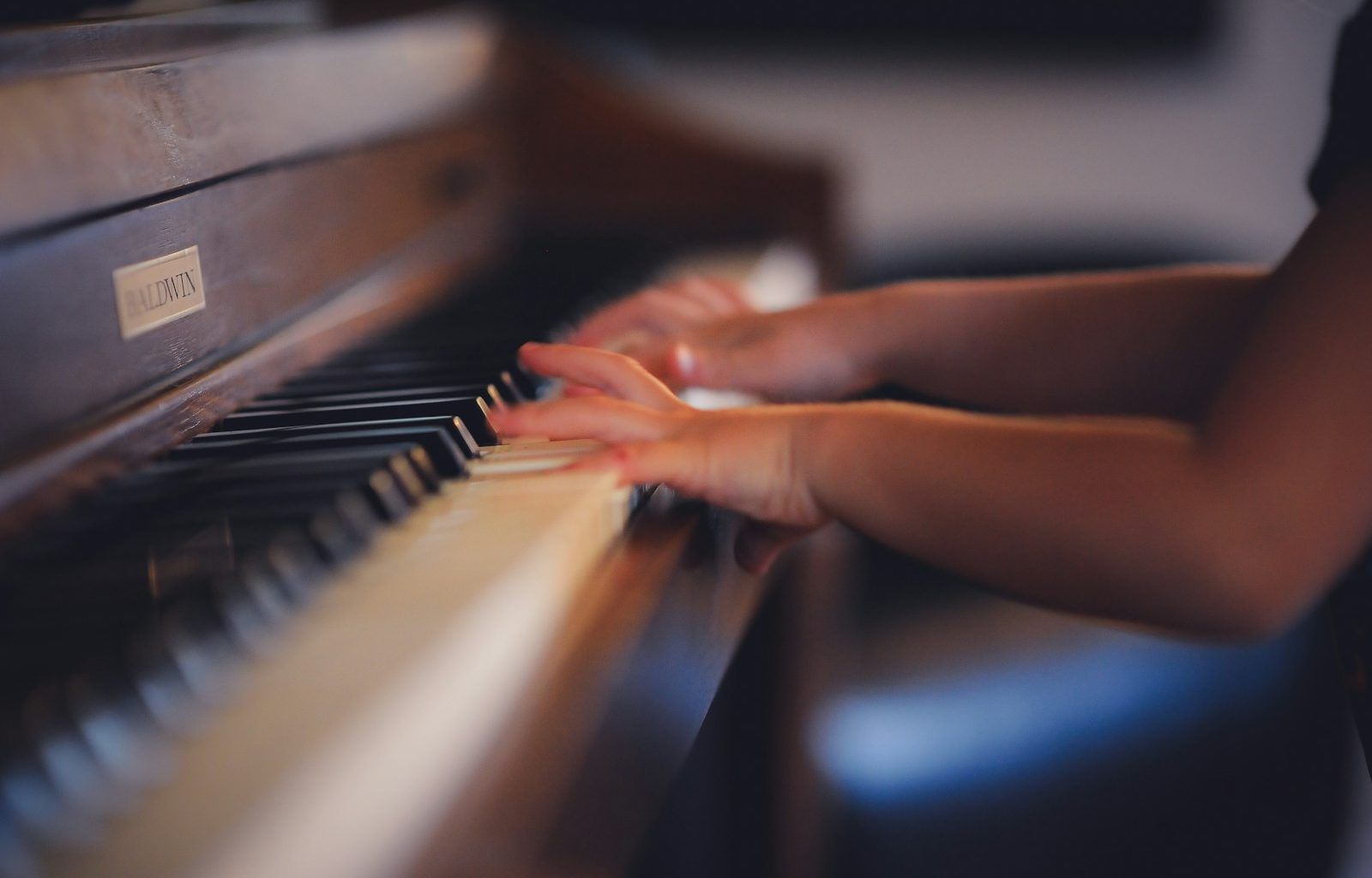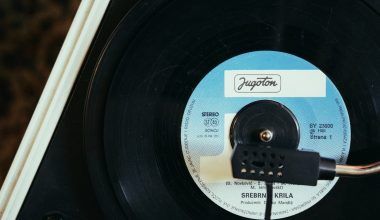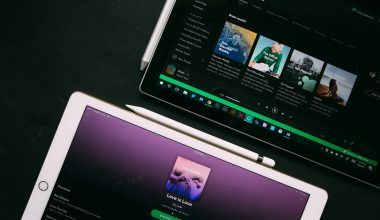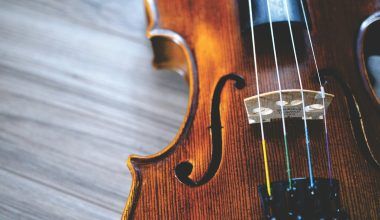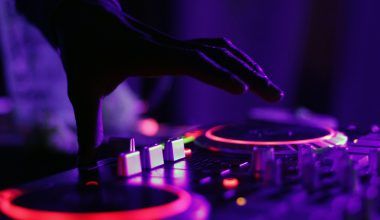Music is a universal language that speaks to our hearts, and the idea of creating your own songs from the comfort of your home is both exciting and rewarding. Producing music at home has never been easier, thanks to modern technology and affordable tools. Whether you’re a complete beginner or someone with a bit of experience, this guide will walk you through everything you need to know about How to Produce Music at Home. Let’s dive in and unlock your creative potential!
Why Produce Music at Home?
Producing music at home offers an incredible sense of freedom. You get to work at your own pace, experiment with sounds, and build your skills without the pressure of studio time constraints. Plus, creating music from home is cost-effective. Instead of renting studio space, you can invest in your own equipment and use it for years to come. On top of that, producing music at home allows you to craft your sound in a personal and intimate environment, free from distractions.
Setting Up Your Home Studio
Before you can start creating your masterpiece, you’ll need to set up a home studio. Don’t worry—you don’t need a big budget to get started. Here’s what you’ll need:
1. Computer or Laptop
Your computer is the heart of your home studio. It’s where you’ll run your Digital Audio Workstation (DAW) and store your files. While almost any modern computer will do, make sure it has enough processing power and storage to handle music production software.
2. Digital Audio Workstation (DAW)
A DAW is the software you’ll use to record, edit, and produce music. Popular options include Ableton Live, Logic Pro, FL Studio, and GarageBand. Choose one that suits your budget and skill level.
3. Audio Interface
An audio interface connects your computer to your instruments and microphones. It converts analog signals into digital ones, ensuring high-quality recordings. Look for a beginner-friendly interface like the Focusrite Scarlett series.
4. Microphone and Headphones
A good microphone is essential for recording vocals and instruments. Start with a versatile condenser microphone. As for headphones, invest in a pair of studio-quality headphones for accurate sound monitoring.
5. Studio Monitors (Optional)
While headphones are great for starting out, studio monitors (speakers) provide a more accurate representation of your music. This can help with mixing and mastering.
6. MIDI Keyboard (Optional)
A MIDI keyboard lets you play and program virtual instruments. It’s a great tool for adding melodies, chords, and beats to your tracks.
Learning the Basics of Music Production
Now that your home studio is ready, it’s time to learn the basics of music production. Don’t feel overwhelmed; take it one step at a time.
Understanding Your DAW
Spend some time exploring your DAW. Watch tutorials, read guides, and practice using its features. Learn how to create tracks, use virtual instruments, and apply effects.
Experimenting with Sounds
Play around with different sounds and loops. Most DAWs come with built-in libraries of samples and virtual instruments. Use these to create your first track and get a feel for arranging music.
Recording and Editing
Try recording vocals or an instrument. Once you’ve captured some audio, practice editing it. Learn how to cut, copy, and move clips, as well as how to apply basic effects like reverb and EQ.
Crafting Your Unique Sound
One of the best parts of producing music at home is discovering your unique style. Here are some tips to help you develop your sound:
Experiment with Genres
Don’t be afraid to experiment with different genres. Whether it’s pop, rock, electronic, or hip-hop, exploring various styles will help you find what resonates with you.
Use References
Listen to your favorite songs and analyze their structure, instrumentation, and production techniques. Use these as references while working on your own music.
Embrace Mistakes
Sometimes, mistakes lead to creative breakthroughs. If something doesn’t sound right, tweak it or build on it until it becomes something you love.
The Importance of Mixing and Mastering
Mixing and mastering are crucial steps in music production. Mixing involves balancing the levels of different elements in your track, while mastering ensures your song sounds polished and professional.
Mixing Tips
- Balance Levels: Make sure each element is at an appropriate volume.
- Pan Instruments: Spread instruments across the stereo field to create depth.
- Use EQ: Adjust frequencies to make each element sit well in the mix.
- Apply Effects: Use reverb, delay, and compression to add character.
Mastering Tips
- Loudness: Make your track loud enough to compete with professional releases.
- EQ Adjustments: Fine-tune the overall frequency balance.
- Limiters: Use a limiter to prevent distortion.
Once you’ve produced a song you’re proud of, it’s time to share it with the world. Here’s how:
- Create a Portfolio: Upload your tracks to platforms like SoundCloud or Bandcamp.
- Distribute Digitally: Use services like DistroKid or TuneCore to get your music on Spotify, Apple Music, and other streaming platforms.
- Promote on Social Media: Share your music with friends and followers to build an audience.
Staying Consistent
Producing music at home is a journey. Stay consistent, keep learning, and don’t give up. The more you practice, the better you’ll get. And remember, every great producer started somewhere—just like you.
Final Thoughts
How to Produce Music at Home is a rewarding and fulfilling experience. With the right tools, a bit of patience, and a lot of creativity, you can create songs that express your unique voice. So, set up your home studio, dive into your DAW, and start making music today. Who knows? Your next track might just be a hit!
For further reading, explore these related articles:
- Christian Singers: The Inspiring Voices of Faith and Love
- The Incredible Journey of Jesse Rutherford – A Creative Superstar
For additional resources on music marketing and distribution, visit Deliver My Tune.
